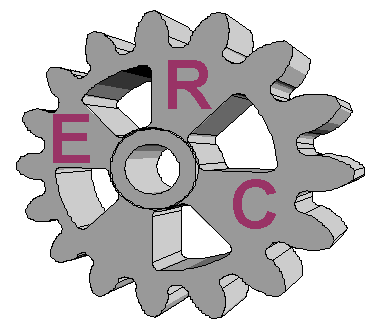

There are many definitions of a system. Most tend to focus on products and hardware in particular. The one that we use is as follows: A System is an integrated composite of people, products, and processes that provide a capability to satisfy a stated need or objective. This definition covers integration -- the fact that Systems are not just collections of things thrown into a box and also includes people and processes. Most definitions ignore people and processes as part of the System.
As with the definition of a System, there are many definitions of Systems Engineering. The one we have been using is as follows: Systems Engineering is an interdisciplinary approach to evolve an integrated and life-cycle balanced set of system product and process solutions that satisfy customer needs. There are three key areas of the definition. The first is interdisciplinary -- Systems Engineering does not do it all by itself, it succeeds by integrating the specialty disciplines (Optics, Mechanical Engineering, Electrical Engineering, Software Engineering, etc.) together. The next key area is integrated and life cycle balanced -- while any specialty discipline can do integration, the historical information indicates that they tend to favor solutions within their specialty. For example, if Optics is doing the integration then optical solutions are favored. Systems Engineering integrates using a life cycle approach that typically minimizes the overall Life Cycle Costs of the system. This means that the entire system is optimized such that Life Cycle Costs are minimized. The last key area is satisfy customer needs -- this means that the Systems Engineer must keep a clear focus on what customer needs are being met and how the system under development meets those needs.
What is significance of Life Cycle Cost?
Life Cycle Cost is a metric that tracks the total cost of a system from concept to phase out and retirement. It includes all of the costs associated product development, manufacturing, distribution, service, maintenance, and retirement and disposal. It is desirable from a corporate point of view to minimize the TOTAL Life-Cycle Costs associated with the System. This may mean increasing some costs such that the overall Life Cycle Cost can be reduced. For example, an engineer reports that using a $10 part instead of the $2 part will eliminate two service calls. The UMC point of view would say no since we want to minimize UMC. However, by looking at the Life Cycle Cost we find that it can be reduced by increasing UMC by $10 and eliminating two service calls at perhaps $250 each. The overall savings is $490 per System. So, focusing on the UMC view point would have cost the company money.
How did Systems Engineering start?
Up until the mid twentieth century it was possible for one individual to understand all of the technology involved in successful product. For example, the designers of the great cathedrals in Europe understood all of the crafts required to make the project a success. They understood wood working and stone masonry as well as architectural design. In the mid twentieth century projects started to become extremely complex. The new Systems which were being developed included so many different specialties that it became impossible for one person to fully under-stand all of them. Systems Engineering as developed to allow the successful development of very complex systems. It is generally acknowledged that the Polaris Missile program was the first to use Systems Engineering. The Polaris Program was set up to develop a submarine launched ballistic missile. Such an undertaking required extensive knowledge and understanding of submarines, rocketry, electronics, etc. Clearly there was too much knowledge for one person to be expected to have. Thus, Systems Engineering was developed to provide the framework for the successful integration of the various technologies.
Why would Kodak use Systems Engineering?
Eastman Kodak produces some complex systems. Systems Engineering has a history of helping to develop Systems that meet or exceed customer expectations, on time and on budget. These are clearly key parts of the corporate 10x cycle time reduction and 10 x quality improvement objectives.
 ERC Home
ERC Home